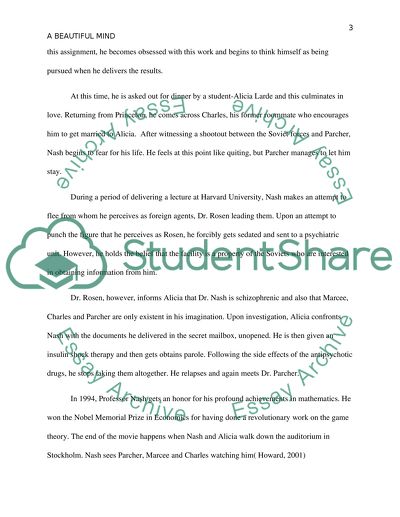Cite this document
(“Reflective case study on the movie a beautiful mind Essay”, n.d.)
Retrieved from https://studentshare.org/nursing/1401567-reflective-case-study-on-the-movie-a-beautiful
Retrieved from https://studentshare.org/nursing/1401567-reflective-case-study-on-the-movie-a-beautiful
(Reflective Case Study on the Movie a Beautiful Mind Essay)
https://studentshare.org/nursing/1401567-reflective-case-study-on-the-movie-a-beautiful.
https://studentshare.org/nursing/1401567-reflective-case-study-on-the-movie-a-beautiful.
“Reflective Case Study on the Movie a Beautiful Mind Essay”, n.d. https://studentshare.org/nursing/1401567-reflective-case-study-on-the-movie-a-beautiful.


